Note: This article was originally published on shakticollaborative.co on August 31, 2020 by Adithi Ramakrishnan and Sruthi Ramaswami. Some information may be dated given the original publish date.
Meet Meha Agrawal, the CEO of Silk & Sonder, a company that builds personalized daily self-care tools for modern womxn. Meha started her career as a software engineer at a number of companies before transitioning to entrepreneurship. Read on to learn more about how Meha embraced challenging moments in her career, conceived of and built Silk & Sonder, and pioneered a unique approach to self-care and mental health.
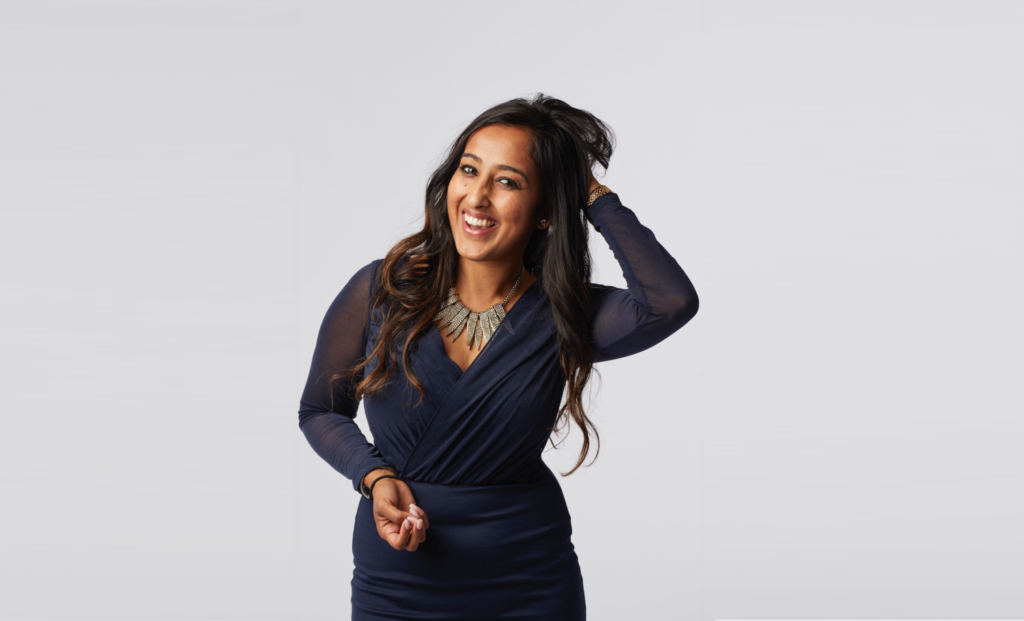
The Beginning
WHERE DID YOU GROW UP, AND HOW DID THE PEOPLE AROUND YOU INFLUENCE YOUR SENSE OF IDENTITY AND CULTURE?
I grew up in Santa Barbara, California. Both of my parents worked at UC Santa Barbara. My father is a Professor of Computer Science, and my mother works in Administration. It’s interesting to reflect on the environment I grew up in because my school was predominantly white but my family was part of an Indian community comprising about twenty families. Each of these families was from a different part of India, so I got to experience a simmering potpourri of Indian subcultures, not to mention delicious South Indian and Bengali food, giving me the best of both worlds!
WHAT SORTS OF CHALLENGES DID YOU FACE GROWING UP IN THAT COMMUNITY?
“Being in a predominantly white community at school was sometimes challenging. During elementary school, I would often come home to my mother in tears, because I wanted to be blond-haired and blue-eyed like everybody else. The perception of being darker than my mother and everyone around me made me feel out of place. My mother used to tell me that being dark is beautiful, but it took me a while to accept that for myself.”
Becoming an Engineer
GOING INTO COLLEGE, DID YOU TAKE THE CONVENTIONAL ROUTE, OR WERE YOU INTRIGUED BY THE ROAD LESS TRAVELED?
After graduating high school, I only knew about the “typical South Asian” career paths: medicine, law, and engineering (every Indian parent’s dream!). I ended up choosing Computer Science as my major because I had convinced myself that it would help me get into any industry. To tell you the truth, I was conflicted between what I knew I would be good at (math and computer science) and what I really wanted to do (marketing, branding, communications, and business).
HOW DID IT FEEL TO IMMERSE YOURSELF IN AN ENVIRONMENT WHICH PROVED TO BE DIFFERENT FROM WHAT YOU WANTED?
There were very few women in my Computer Science classes. Deep down, I think I enjoyed being one of the few women. I felt like I’d earned a gold star and was wearing a badge of honor. But with time, I think I felt more doubt and anxiety about my major than my male counterparts probably felt. Most of them had been well-versed in coding since they were about 10 or 11 years old.
AFTER GRADUATING FROM COLLEGE, HOW DID YOU START YOUR CAREER?
Over the summers I tried a few internships in marketing and engineering and landed at Microsoft. There, I was introduced to product management and knew pretty quickly that this was what I wanted to do. Unfortunately, at the time, there were very few Associate Product Manager roles available, so I moved on and interned at Goldman Sachs the next summer.
My internship was great, and I loved the people at Goldman. I realized I wasn’t a big fan of coding and software engineering but enjoyed planning features and focusing on specs. When I joined full time, I was placed on the trade processing team, but our team had a lot of support issues. It felt like we were constantly fighting fires, and eventually, I chose to leave to become a software engineer at The Muse.
WHAT WAS YOUR EXPERIENCE LIKE WORKING AT THE MUSE?
I fell in love with the way they ran things. They accepted us as we were, and we worked at hours that felt the most productive to us. Having no constraints felt like a breath of fresh air. I decided that from then on, I was always going to be myself and never fake who I am.
Her Entrepreneurial Start
“Looking back, I think my biggest struggle has been internal validation. Everyone has always thought that I have it together and I’ve felt like I’ve needed to live up to that standard at all times.”
HOW DID LEARNING ABOUT YOUR PERSONAL NEEDS AT THE MUSE CHANGE YOUR PROFESSIONAL TRAJECTORY?
It was while working at The Muse that I realized I wanted to be an entrepreneur. A friend and I were watching some Vimeo wedding highlight videos one night, and I had this thought run through my head: if somebody proposed to me tomorrow, I would have no idea how to bring a wedding to life.
That led us to start Bridely, a platform to connect brides with wedding vendors online. I treated Bridely like a perfectionist would, where we had to get everything in place before ever revealing it… and looking back, it ended up being a glorified coding project. First-time founders can make this mistake where they’re so obsessed with their vision that they don’t want to sacrifice brand or reputation to get something out there. I had spent all my time making sure to get the best vendors on the platform instead of thinking of the biggest pain point and how to solve it. In the end, I realized I was passionate about the space but not the path to get there.
IT TAKES AN IMMENSE AMOUNT OF STRENGTH TO RECOGNIZE WHAT YOU DON’T WANT AND TAKE ACTIVE STEPS TO CHANGE YOUR SITUATION. COULD YOU TELL US HOW YOU WORKED THROUGH THAT?
While I was side-hustling on Bridely and continuing to work at The Muse, I started to feel burnt out. At the same time, I was going through a terrible breakup and just needed a change. So I made an impulsive decision and moved back to Santa Barbara. For years, I had always had the next step figured out but for the first time, I was forced to slow down. I felt lonely and didn’t know whom to talk to.
Looking back, I think my biggest struggle has been internal validation. Everyone has always thought that I have it together and I’ve felt like I’ve needed to live up to that standard at all times. Once I was home, I took my GRE and applied to grad school to appease my parents, but I didn’t want to go. I just felt unfulfilled and unhappy. That was when I found my safe haven: journaling.
The Birth of Silk and Sonder
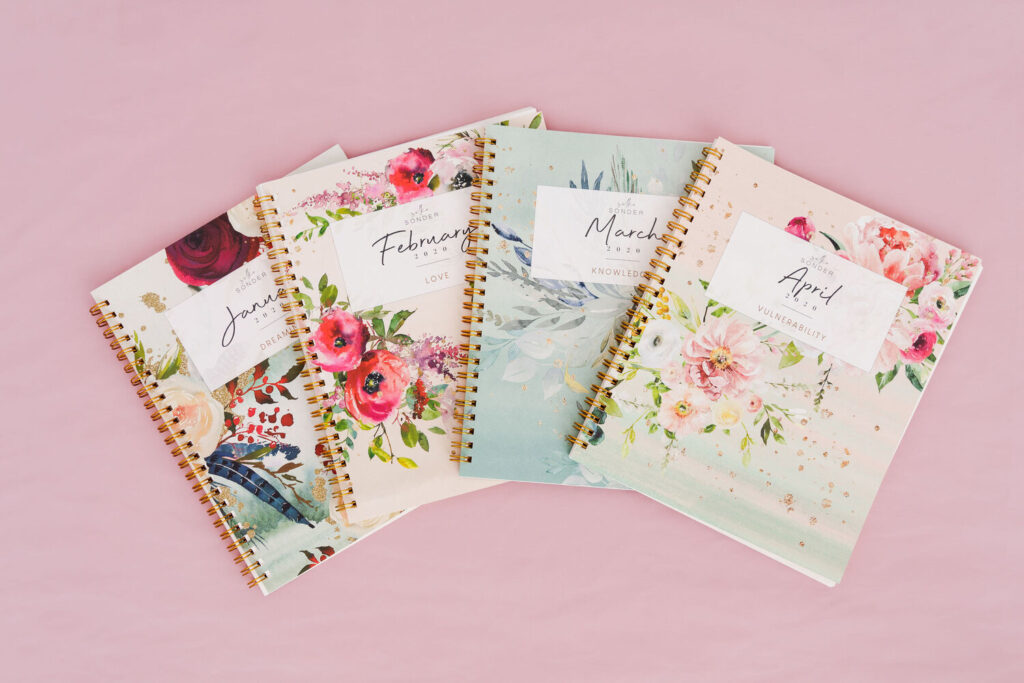
HOW DID JOURNALING LEAD YOU TO THE IDEA FOR SILK & SONDER?
It all began when I started reading self-help books and trying to meditate, but nothing seemed to work for me. So I started creating a guide in my journal with some frameworks that a friend of mine shared. What started off as 5 minutes of journaling in the morning blossomed into a full-blown 30-minute ritual. That was the genesis of Silk & Sonder.
Journaling became a part of my daily routine, and I was determined to share it with others. I had discovered bullet journaling as a framework to track everything going on in my life (I’m someone who has a million to-do lists strewn everywhere). I was extremely inspired by this concept and decided to create a prototype where I would print the layouts and framework I used as journals. And there you go – it worked! My eureka moment was realizing that people wanted a guided experience, but there’s no easy way to do that.
HOW WOULD YOU EXPLAIN SILK & SONDER’S BRAND PERSONALITY TO SOMEONE WHO KNOWS NOTHING ABOUT THE COMPANY?
If Silk & Sonder were a person, she would be that girl at the party who looks like she has it all together. Everybody wants to be her, but she is the first to tell you when something is wrong. She is, simply put, genuine and authentic. At Silk & Sonder, we believe that everyone is their best self when they are their truest self.
On Self-Care
WHAT DO YOU SEE AS THE BIGGEST MISCONCEPTION ABOUT SELF-CARE?
The biggest misconception regarding self-care is that it’s seen as merely an indulgence when it’s so much more than that. For example, women feel guilty if they are spending time with themselves rather than with their partners or their children.
HOW DOES THAT SELF-GUILT TIE INTO SOUTH ASIAN CULTURE AND THE WAY OUR COMMUNITY TREATS MENTAL HEALTH?
Within the South Asian community, I’ve observed that mental health, more than self-care, is deeply stigmatized even if families are deemed progressive. When you’re feeling low or crying in the corner, suddenly the problem is with you. When it came to my household, we would use really harsh words like ‘sickness’ and ‘illness’ when talking about others’ mental health. We have to start relabeling and being more proactive. Instead of waiting until we hit rock bottom, we should think about how we can integrate daily self-care into our routine.
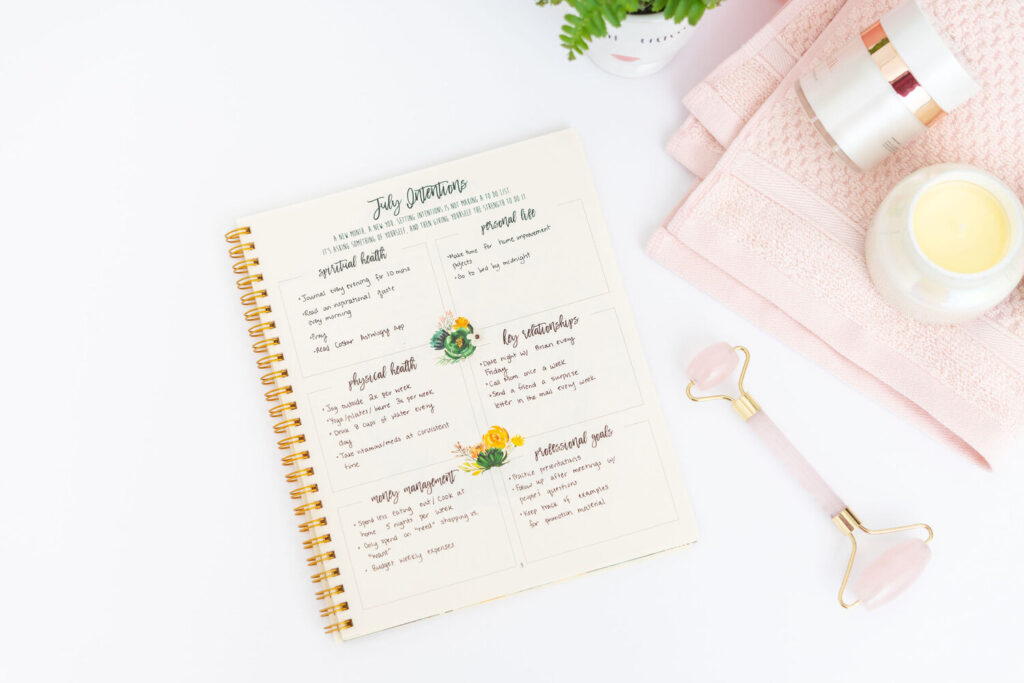
SO HOW DO YOU PERSONALLY INCORPORATE SELF-CARE INTO YOUR DAILY ROUTINE?
Whenever I feel anxious or unproductive, I create a 30-minute meeting for myself on my calendar, leave my gadgets aside, and write. I write about the things that make me feel anxious. It’s hard to develop this habit, but just start somewhere. Book a meeting with yourself to focus on self-care.
THANK YOU SO MUCH FOR SHARING YOUR JOURNEY WITH US. WHAT ADVICE WOULD YOU OFFER TO ALL THE FIRST-TIME AND ASPIRING FOUNDERS OUT THERE?
As a founder, I had to realize what I know and don’t know. I knew that coming up with ideas for the product was my forte, but I wasn’t so sure about the execution. And so I found designers. I also learned that you can always improve the quality of your product, so don’t let perfection stop you from putting something out there. If you look at our first journal in October 2017 compared to our journal today, you’ll see how much it’s changed – but I’ve had customers stick with me through the entire journey. You have to build that sort of trust with your customers.
Just for Fun
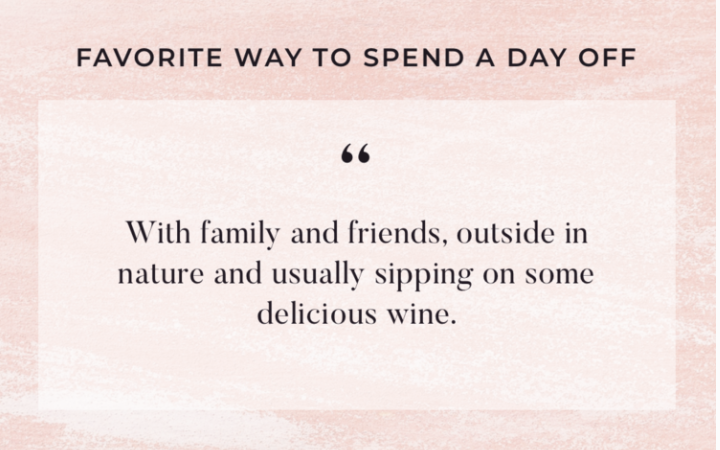
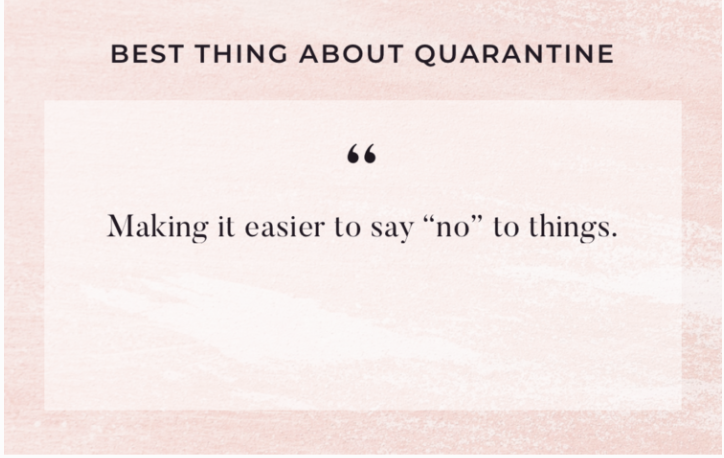
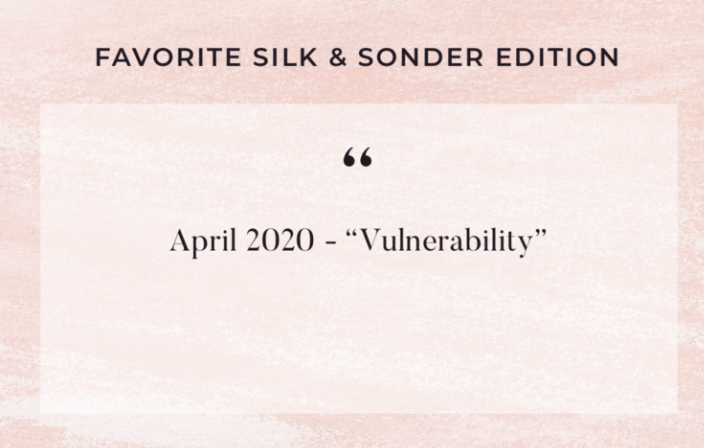
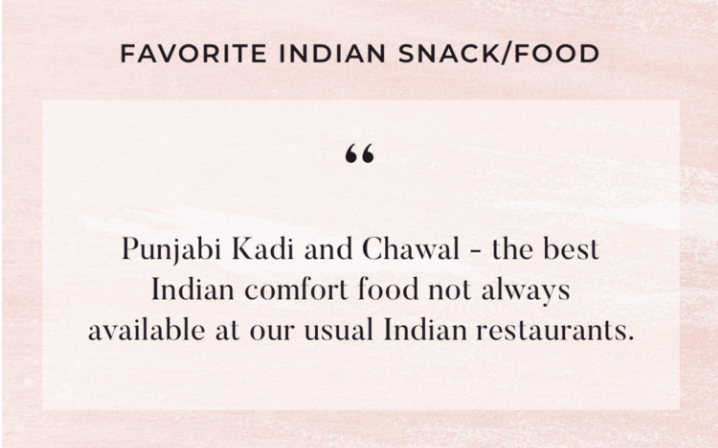
***************
Author Bio:
Shakti Collaborative illuminates narratives of strength, choice, and culture in the South Asian community.



